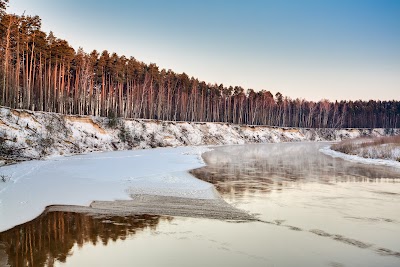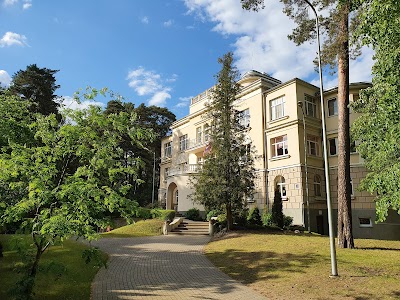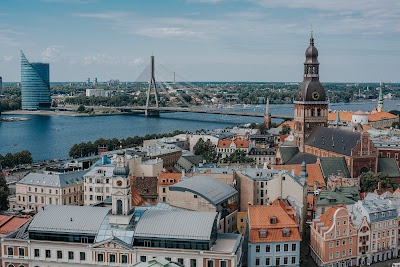Sala Local History Museum (Salas novadpētniecības muzejs)
Overview
The Traktierkalns, also known as the Sala Local History Museum, is a charming historical treasure nestled in the heart of Sala Municipality, Latvia. Surrounded by tranquil natural landscapes, this vibrant museum invites visitors to delve into the rich cultural and historical heritage of the region, making it a beloved destination for both locals and travelers alike.
Established in the early 20th century, the museum began as a modest collection of artifacts and documents, spearheaded by a dedicated group of local historians and culturally passionate citizens. Their mission was clear: to preserve the unique heritage of the area. They started by gathering everyday items, household goods, agricultural tools, and personal belongings from the local community. Each artifact in the collection narrates a distinctive story about the lives, traditions, and customs of the inhabitants of Sala Municipality throughout history.
As the collection expanded, the need for a dedicated space became evident. In the mid-1900s, the community rallied together to bring the vision of a museum to life. Despite limited resources, their abundant community spirit drove them to construct a building using locally sourced materials such as timber and stone. The museum's architecture reflects the region's heritage, featuring a simple yet functional design reminiscent of the traditional Latvian farmhouses that once dotted the countryside.
Over the years, the museum’s collection has grown significantly, enriched by donations, archaeological discoveries, and dedicated efforts to document the region’s history. The thoughtfully curated exhibits provide a comprehensive overview of Sala's cultural evolution, showcasing ancient tools, historical documents, traditional clothing, and handcrafted items. Each display is carefully labeled and accompanied by engaging descriptions, allowing visitors to grasp the significance of the artifacts.
One of the museum's standout features is its interactive exhibitions. These engaging experiences include hands-on demonstrations of ancient crafts, live re-enactments of historical events, and workshops where visitors can learn traditional skills like weaving, pottery, and blacksmithing. These activities not only educate but also offer a fun and immersive way for people of all ages to connect with history.
Throughout the year, the museum hosts a variety of events and festivals. Seasonal exhibitions celebrate local flora and fauna, while special events commemorate significant historical anniversaries. These gatherings foster community pride and encourage ongoing participation and support from the local populace.
The museum's management is a collaborative effort between the local government and community volunteers, ensuring its upkeep and the regular updating of exhibits. The dedicated staff, including historians, curators, and volunteers, are always available to provide guided tours and informational sessions, enriching each visitor's experience.
Traktierkalns is not merely a storage space for artifacts; it is a living museum that continues to evolve. Future plans include the digitization of the museum's collection to make it accessible to a broader audience online, as well as the expansion of the building to accommodate additional exhibits and visitor facilities.
In essence, Traktierkalns serves as a bridge between the past and the present, offering invaluable insights into the cultural heritage of Sala Municipality. It stands as a testament to the power of collective effort and the importance of preserving history for future generations.





